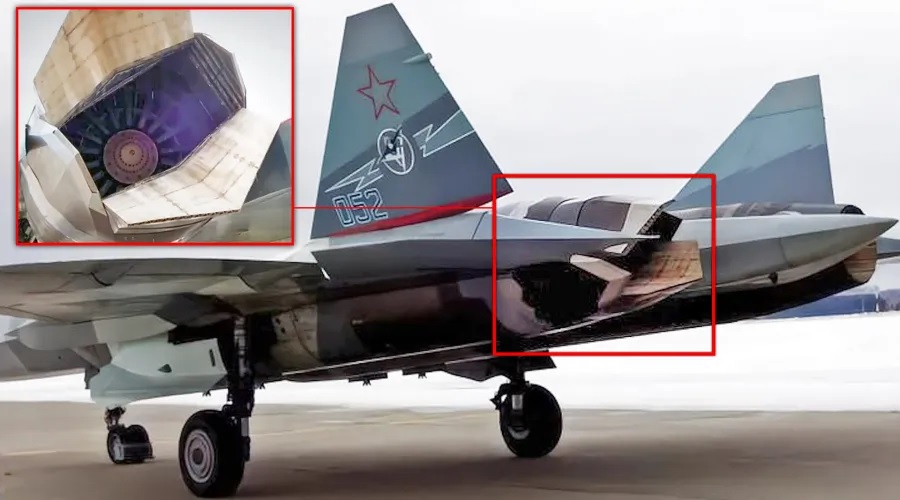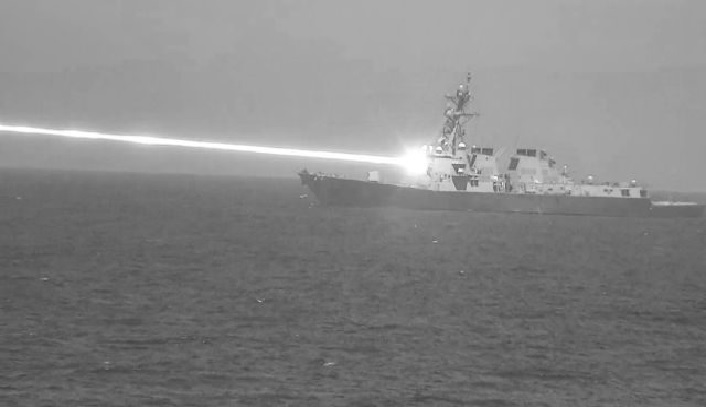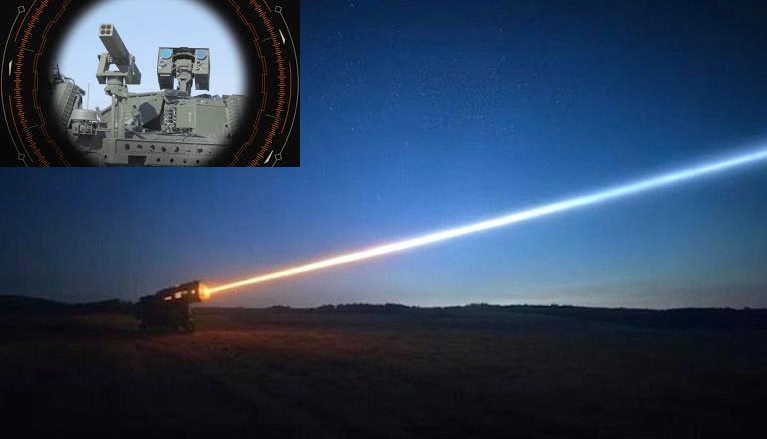Su-57E with New Engines and 2D Thrust Vector Control Still Years Away from Production

The Su-57E, the export variant of Russia’s cutting-edge fifth-generation stealth fighter, has long been touted as a potential game-changer in aerial warfare. However, according to a senior Indian Air Force (IAF) official, the aircraft's advanced variant equipped with the latest AL-51F engine and 2D Thrust Vector Control (TVC) technology is still several years away from becoming production-ready. The timeline for the Su-57E has now stretched into the latter half of this decade, further complicating its appeal for countries like India.
Key Specifications of the Su-57E
The Su-57E is designed as a stealth multirole fighter capable of excelling in air superiority and ground-attack missions. Below are some of its key features:
- Engines: Powered by the AL-41F1 engine in current models; the new AL-51F-1 engine with 2D TVC is expected to provide better thrust, reduced radar signature, and enhanced manoeuvrability.
- Stealth Capabilities: Radar-absorbent materials, internal weapons bays, and reduced infrared signatures contribute to its stealth profile.
- Speed and Range: Estimated maximum speed of Mach 2.0 and a combat range of approximately 1,500 km, extendable with aerial refuelling.
- Armament: Includes internal bays capable of carrying air-to-air missiles, precision-guided bombs, and advanced air-to-ground munitions. It is also equipped with a 30mm autocannon for close-range combat.
- Avionics and Sensors: Incorporates advanced radar systems, including the N036 Byelka AESA radar, infrared search and track (IRST) systems, and electronic warfare (EW) capabilities.
- 2D Thrust Vector Control: This feature allows for extreme agility in dogfights and improved control at high angles of attack.
Delays and Development Challenges
The Su-57E, while promising on paper, faces significant delays. Russia has showcased prototypes with features like stealth engine casing and flat nozzle designs, but these enhancements are still under development. The flat nozzle version of the AL-51F-1 engine, crucial for stealth and agility, is tied to the Su-57M, an upgraded variant of the Su-57. However, the limited orders for the baseline Su-57—only 76 units—have cast doubts on the timely realization of these advanced features.
Even the units currently in service with the Russian Air Force lack the 2D TVC and stealth engine casing, highlighting the technological hurdles still to be overcome. This raises questions about the readiness of these features and their viability in the export market.
India’s Perspective and Alternatives
India’s relationship with the Su-57 program has been a cautious one. The country withdrew from the joint Fifth-Generation Fighter Aircraft (FGFA) program with Russia in 2018 due to concerns over performance shortfalls, high costs, and a lack of technology transfer. The extended development timeline for the Su-57E only reinforces India’s decision to explore indigenous and Western alternatives.
India is now focusing on its Advanced Medium Combat Aircraft (AMCA) program, which aims to develop a domestically-built fifth-generation fighter. Additionally, partnerships with Western defense manufacturers could bring advanced technologies and reduce reliance on external suppliers with inconsistent timelines.
Global Implications
The delays in the Su-57E development are not only a setback for Russia’s defense export ambitions but also a reflection of the broader challenges faced by the Su-57 program. With mounting sanctions, constrained defense budgets, and limited international orders, Russia’s ability to prioritize the Su-57M and its export variants remains uncertain.
While the Su-57E holds promise as a stealth fighter with unmatched agility and cutting-edge technologies, its prolonged gestation period and unproven features make it less appealing to nations with immediate requirements for fifth-generation capabilities.
For India, the decision to focus on indigenous programs like AMCA and explore collaborations with Western partners appears increasingly prudent, as it offers the potential for self-reliance and cutting-edge technologies without the uncertainties of a foreign-dependent project.
Conclusion
The Su-57E represents a bold vision of advanced aerial combat, but its timeline and technological hurdles are significant barriers to its widespread adoption. As countries like India weigh their defense modernization priorities, the delays in the Su-57E underscore the need for reliable, timely, and cost-effective solutions—qualities that Russia’s flagship fighter has yet to demonstrate.



